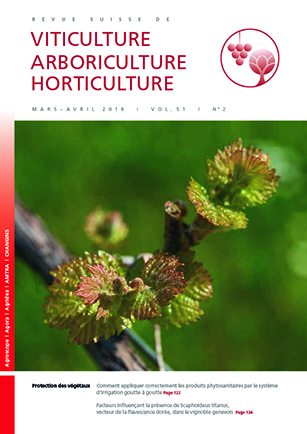
Issue 2 - March - April 2019

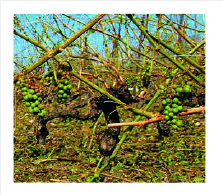
Abstract in open access
This article deals with four specific studies on wine economics and consists of a synthesis of the PhD thesis “Four Essays in Wine Economics: an Empirical Approach with Swiss Panel Data”, recently published by the KOF Swiss Economic Institute of the ETH Zurich (Mondoux 2018). The first three studies analyse the particular characteristics of this subject, based on data provided by the Nielsen Company relating to Swiss large-scale retailers, in terms of quantity, price and turnover. In particular, they concern the price elasticity of the different types of wines in Switzerland, the prospects and scenarios of this specific market, as well as the study of climate impact on a wine-growing region in connection with the sale of wines. The fourth study explores the determining factors of the prices of high-quality Swiss wines by manually extracting the data from the website of various selected producers (Mondoux 2018).
Keywords: Wine economics, Applied microeconomics, Econometrics
E-Mail: alexandre.mondoux@changins.ch
Adress: School of Engineering at Changins
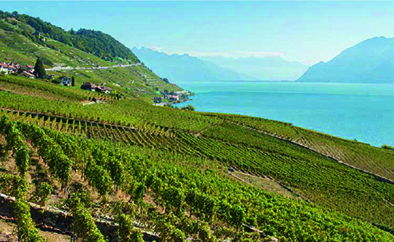
Abstract in open access
A three-year study on the influence of harvest date on grape and wine quality of the Chasselas grape variety was carried out on a network of experimental fields in the Lavaux region (Grand Cru du Dézaley). The harvest was carried out each year on two set dates ten days apart. The grapes were pressed and the wines analysed and tasted. The results show that the late harvest has an influence on wine quality, and is often linked with a harvest loss of around 10% on average. The influence, however, varied depending on weather conditions at the end of the ripening period and on disease pressure at the time of the harvest: in dry, sunny years like 2015, the late harvest led to richly coloured, full-bodied wines with minimum harvest loss. By the same token, a hot, humid harvest year with high pressure from fungal diseases, as in 2014, brought higher harvest losses (20%) and an insignificant improvement in wine quality. The late harvest date had no impact on harvest quality.
Keywords: Harvest, maturity index, grape maturity, wine quality
E-Mail: vivan.zufferey@agroscope.admin.ch
Adress: Agroscope, 1009 Pully
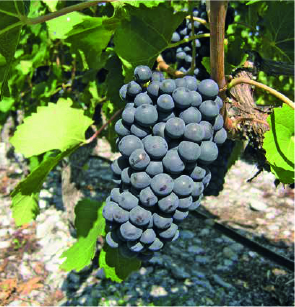
Abstract in open access
The influence of the rootstock on the mineral and water supply and vigour of Humagne Rouge was studied on the experimental field of the Agroscope research station in Leytron (canton of Valais). The following rootstocks were tested : 3309C, 5BB, Fercal, 41B MGt, 101-14 MGt and 161-49C. The rootstock mainly influenced the vigour and mineral supply of the graft. The 41B MGt and 161-49C rootstocks turned out to be less vigorous, and led to a lower nitrogen and potassium supply. 41B MGt and 161-49C rootstocks produced wines that were slightly more acidic. The 41B MGt, 161-49C and 101-14 MGt rootstocks exhibited a slightly greater sensitivity to water stress.
Keywords: Grape vine, Humagne rouge, rootstock, mineral nutrition, wine quality, water stress.
E-Mail: jean-laurent.spring@agroscope.admin.ch
Adress: Agroscope, 1009 Pully
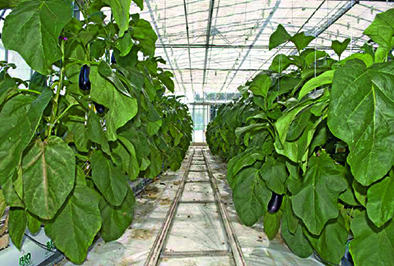
Abstract in open access
Pesticides application by drip irrigation system is a technique already applied in Switzerland for years in protected horticulture. This technique is currently applied without experimental basis that is necessary to limit the risks associated with incorrect use. During 2008-2009 tests were carried out in tomato cultivation on hydroponics and on soil to describe the correct technique of application for the distribution of pesticides by a drip irrigation system in horticulture and evaluate the biological efficiency and risks of residues linked to this technique. The efficacy on aphids was comparable to that of foliar applications and residues never exceeded tolerance threshold.
Keywords: Chemigation, Thiamethoxam, aphids, pesticide residues, tomato
E-Mail: mauro.jermini@agroscope.admin.ch
Adress: Agroscope, 6593 Cadenazzo
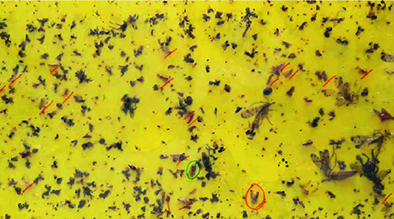
Abstract in open access
The leafhopper Scaphoideus titanus is the main vector for the epidemiological transmission of Flavescence dorée. This study has been carried out in the summer 2017 with the goal to identify the biotic and abiotic factors, which could potentially influence the abundance of the leafhopper in the vineyard of the canton of Geneva. Captures showed that S. titanus was present in all sampled plots and confirmed its presence over nearly the whole vineyard of Geneva. The abundance of S. titanus differed in respect of the orientation of the rows and decreased with the slope of the plot. Our data also indicate that the density of S. titanus is higher with an increasing surface of grapevines in the surrounding. For the monitoring of S. titanus in Switzerland, it seems therefore to be recommended to sample sunny plots in the middle of large vineyards.
Keywords: Viticulture, phytoplasma, grapevine yellows, epidemiology, landscape ecology.
E-Mail: patrik.kehrli@agroscope.admin.ch
Adress: Agroscope, 1260 Changins/Nyon

 Download of full issue
Download of full issue
 Download article
Download article